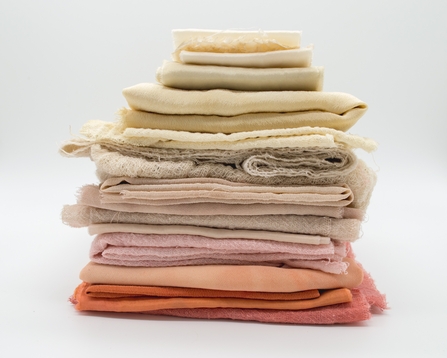I always thought that natural materials like cotton, are better than synthetics, like polyester and acrylic. I knew that synthetics are made mostly from fossil oil and that millions of tiny plastic fibres escape a jumper in every wash; going straight down the drain, into the sea and into the digestive tracks of fish. Not good.
So I bought cotton clothes. That is, until I found out, through a series of ‘didn’t you know’ from friends and ‘haven’t you watched’ that there was a whole lot more I needed to learn.
Cotton is biodegradable and renewable, in that it is grown but I was shocked to find out just how environmentally damaging cotton crops can be. It takes enormous amounts of water to grow and if you add the dying process in too; the water needed to grow and dye the cotton for a pair of jeans and a t-shirt, is the water needed by one person to drink for 13 years! Add to that, that non-organic cotton is the most pesticide dependent crop on Earth, cotton quickly becomes a disaster crop.
Most of our cotton comes from countries like Uzbekistan where the Aral Sea, once the fourth largest lake in the world, has been drained dry by a less than friendly regime, just to irrigate cotton. This has left fishing communities now exposed to the pesticide laden dust which drifts off the bare lake bed. Cotton is as much about ecological equity, as about planetary ecology. We are not paying the cost for cotton, someone else is.
